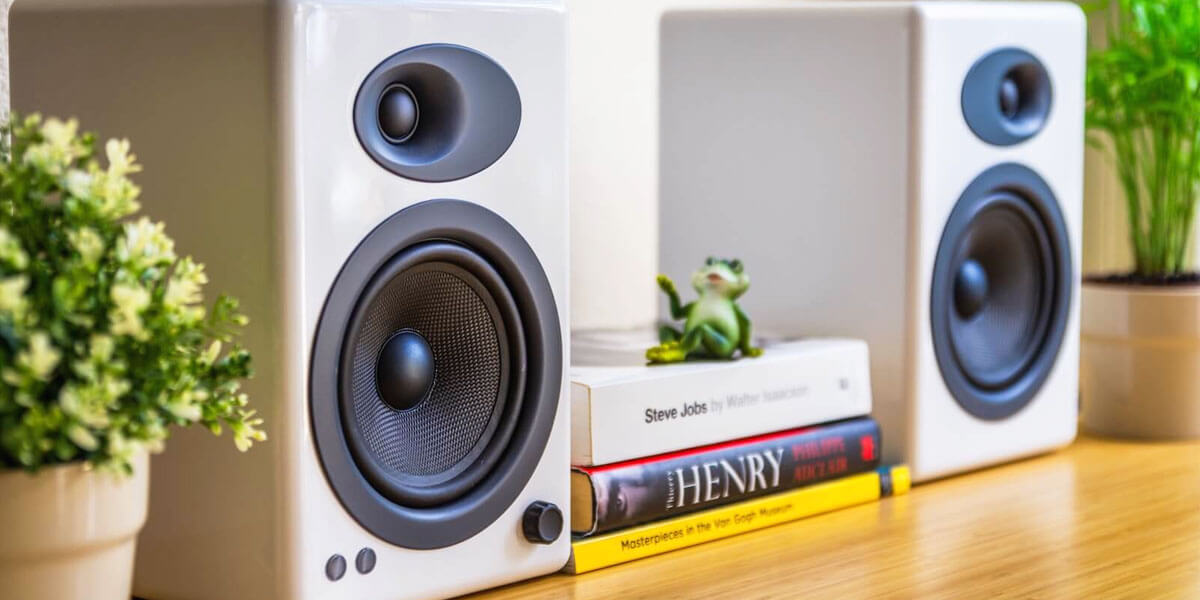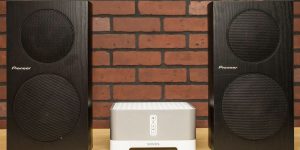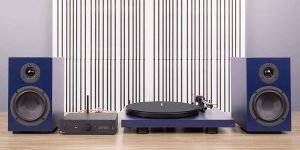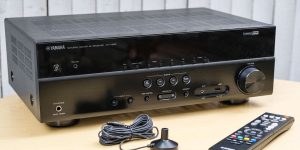When it comes to achieving the best bass frequency for your music, finding the perfect balance is critical. The presence of bass frequencies is important for producing a dynamic and captivating audio sensation, enhancing the fullness, intensity, and quality of the sound as a whole. Nevertheless, establishing the perfect bass frequency can be a matter of personal interpretation, affected by elements like the individual taste, music genre, and the capabilities of your audio gear.
In this article, I will explore the world of bass frequencies and uncover the key considerations to help you discover the best Hz range for your bass, enabling you to achieve remarkable resonance and a truly captivating listening experience.
Understanding bass frequencies
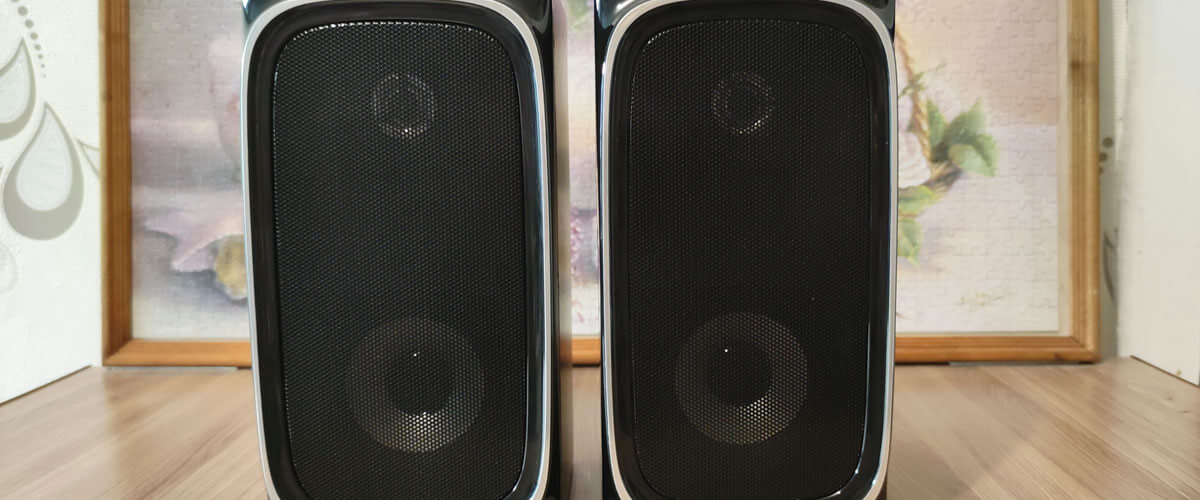
Having worked with various audio equipment, I can claim that understanding bass frequencies is important when it comes to creating an exceptional audio experience. In this section, I will share the world of bass frequencies, exploring their definition, different types, and their role in various music genres.
Defining the bass frequency spectrum
Bass frequencies typically refer to the low-frequency range of sound waves. They provide depth and richness to music, creating a solid foundation and adding impact to the overall sound. To better understand bass frequencies, let’s take a look at the frequency spectrum:
| Frequency range | Description |
|---|---|
| Sub-bass | Sub-bass produces a deep, rumbling sensation that can be felt as much as heard. It adds a sense of power and intensity to the music. |
| Mid-bass | Mid-bass contributes to the body and warmth of the sound, providing a foundation for melodies and harmonies. |
| Upper-bass | Upper-bass adds clarity and definition to the bassline, allowing it to cut through the mix and be more discernible. |
Types of bass sounds: sub-bass, mid-bass, and upper-bass
With a comprehensive understanding of bass frequency dynamics, I assure that different types of bass sounds exist within the bass frequency range. Let’s take a closer look at each type:
- Sub-bass: As mentioned earlier, sub-bass refers to the lowest range of bass frequencies. It produces deep, powerful vibrations that can be felt in the chest and can enhance the impact of electronic music genres like dubstep, trap, and hip-hop.
- Mid-bass: Mid-bass frequencies contribute to the body and warmth of the sound. They provide a sense of fullness and can be found in various music genres, including rock, pop, and funk.
- Upper-bass: It adds clarity and definition to the bassline. They help differentiate the bass from other instruments and allow it to be more easily heard and understood. Upper-bass frequencies are critical for genres like jazz, R&B, and soul.
The role of bass frequencies in different music genres
Bass frequencies play a significant role in shaping the overall sound and mood of different music genres. Here’s a glimpse into how bass frequencies contribute to a few popular genres:
- Electronic dance music (EDM): In EDM, bass frequencies take center stage, driving the energy and intensity of the music. The powerful sub-bass drops and intricate basslines are essential elements that create the signature sound of genres like dubstep, drum and bass, and electro.
- Rock and metal: In these genres, the bass guitar forms a critical foundation along with the drums, creating a powerful and driving rhythm section. The mid-bass frequencies add weight and thickness to the guitar riffs and contribute to the overall heaviness and impact of the music.
- Jazz and funk: Bass frequencies in jazz and funk genres are characterized by their melodic and rhythmic nature. The upper-bass frequencies help define the groove and provide a solid foundation for improvisation.
Experimenting with different frequencies and finding the right balance will enable you to create a captivating and well-rounded audio experience.
Optimal bass frequencies
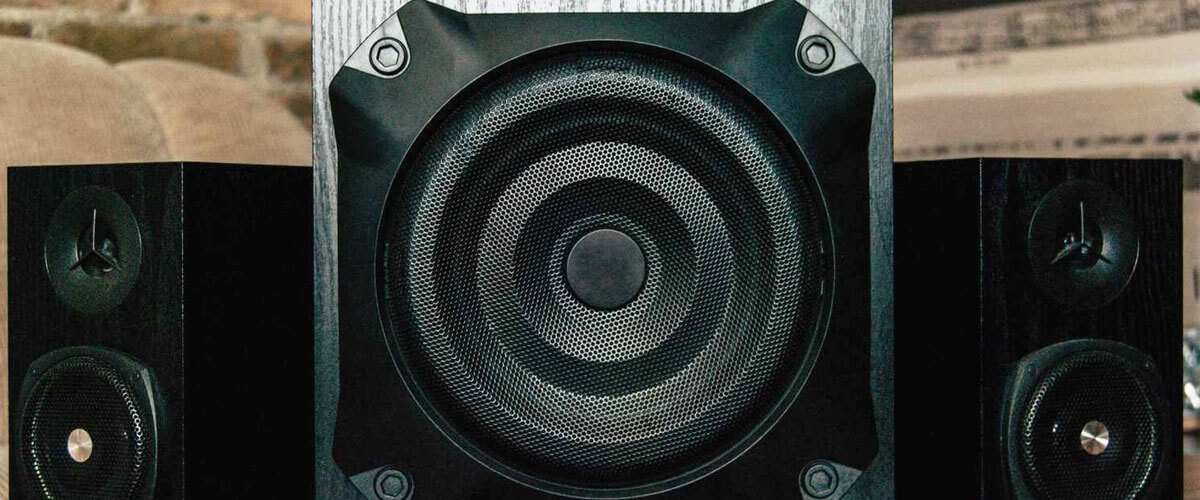
As an industry-leading specialist in bass frequencies, in this section, I will share with you the concept of optimal bass frequencies, including the ideal bass HZ range and the factors that influence the perception of these frequencies.
What is the optimal bass range?
Determining the optimal bass range can vary depending on personal preferences, audio equipment, and the specific context in which the bass is being used. However, there are generally accepted frequency ranges that are considered optimal for bass reproduction:
| Frequency Range | Description |
|---|---|
| Sub-bass | 20 Hz – 60 Hz |
| Bass | 60 Hz – 250 Hz |
| Low-mid | 250 Hz – 500 Hz |
These frequency ranges provide a general guideline for achieving a well-balanced and impactful bass response. It’s important to note that these ranges can be adjusted and tailored based on individual preferences and the specific characteristics of the audio equipment being used.
Factors influencing the perception of ideal bass frequencies
Several factors influence how we perceive ideal bass frequencies. Here are some key factors to consider:
- Musical genre: Different musical genres have varying bass requirements. For example, genres like electronic dance music (EDM) often emphasize sub-bass frequencies to create a powerful and energetic sound, while genres like jazz may focus more on the upper-bass frequencies for a melodic and rhythmic bassline.
- Room acoustics: The acoustics of the listening environment can significantly impact how bass frequencies are perceived. Factors such as room size, shape, and the presence of reflective surfaces can affect bass response and may require adjustments in the frequency range to achieve an optimal listening experience.
- Speaker placement and subwoofer integration: Proper speaker placement and integration of subwoofers play an important role in bass reproduction.
- Personal preference: Ultimately, personal preference is vital in determining the perception of ideal bass frequencies. Some individuals prefer a more pronounced and powerful bass response, while others may prefer a more subtle and controlled bass presence.
FAQ
What is the optimal bass frequency range?
The optimal bass frequency range is typically between 20 Hz and 250 Hz.
Can I adjust the bass frequency range based on personal preference?
Yes, you can adjust the bass frequency range to suit your preference.
How do room acoustics affect bass perception?
Room acoustics can impact the perception of bass frequencies. Factors like room size and reflective surfaces should be considered.
Do speaker placement and subwoofer integration affect bass reproduction?
Yes, proper speaker placement and subwoofer integration are important for optimal bass reproduction.

